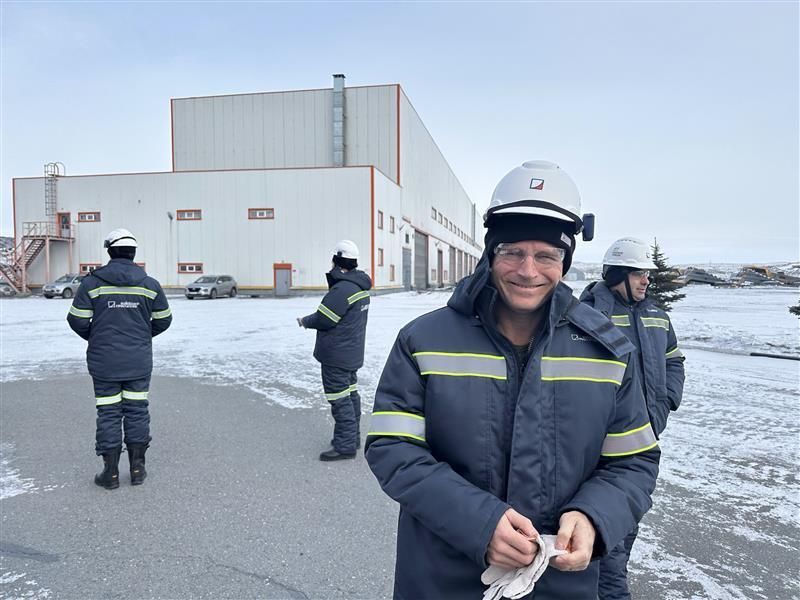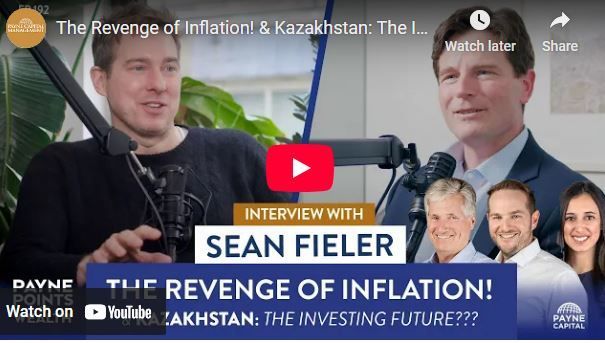Equinox Partners Precious Metals, L.P. - Q3 2021 Letter
Dear Partners and Friends,
PERFORMANCE & PORTFOLIO
Equinox Partners Precious Metals Fund declined -17.3% in the third quarter of 2021. The fund declined -22.5% for the year to date through September 30th, 2021. By comparison, the GDXJ junior gold mining index declined 18.0% during the quarter and -29.3% for the year to date
senior gold miners
For the first time in our firm’s history, we own a handful of miners that produce more than one million ounces of gold per year. To be precise, 23.8% of Equinox Partners Precious Metals Fund, L.P. is invested in such companies. The reason for our decision is simple: valuation. As a group, senior gold miners trade at NAV (graph below). The four, million-plus-ounce producers we own trade at just .7 NAV, pay a 3% dividend, and are buying back 1.3% of their stock per year. Large mining companies, such as Endeavour Mining, offer a different investment proposition than their smaller brethren. On the one hand, they have real advantages in terms of diversification and technical expertise. On the other hand, they face real challenges with respect to growth and capital allocation that continue to make them, on average, less attractive investments than the well-run juniors that constitute the majority of our gold-mining weighting.
Source: BMO, through October 2021 using spot metals prices and 5% discount rate
Senior gold miners offer investors several obvious benefits, chief among them liquidity and diversification. Endeavour Mining’ stock trades $50m+ on average per day and has operations in three countries. The stocks of the largest seniors, Barrick and Newmont, trade $250m+ per day and operate in more than eight countries. In addition to liquidity and geographic diversification, there are numerous more subtle benefits to owning larger gold mining companies, most notably their: 1) ability to negotiate stability agreements with their host countries; 2) control of world class assets; 3) deep bench of technical talent; 4) and most importantly in our opinion, the incentive to be honest in their assessment of their assets. We’ll address each of these points before turning to their equally important disadvantages.
Prior to making a multi-decade commitment to build and operate a mine, large mining companies typically negotiate stability agreements with their host countries. The logic of the negotiation is simple: before making a twenty-year commitment, a mining company needs a legally-binding assurance that the tax rate on their assets will not change over the life of the investment. Junior mining companies would love the same assurance, but as a practical matter they lack the negotiating position necessary to secure it. As a result, the largest projects are often insulated from increasing royalty rates in a way that smaller projects are not.
Large companies are built around world-class assets, i.e. mines that produce more than 500,000 ounces of gold per year, have all-in-sustain costs (ASIC) of less than $1000 per ounce, and have at least a 10-year mine life. World-class assets are not just larger versions of the smaller assets. These larger assets are, by and large, actually better assets. While there is a great deal of variation from asset to asset, larger deposits resulted from larger geological events and have a coherence that smaller deposits often lack. This superior consistency, in turn, makes larger assets on average more economic to exploit.
In addition to their more predictable deposits, larger companies have a deeper bench of talent. As such, large mining companies are unlikely to be lead astray by a single person with an errant technical opinion. Their committee approach leads to predictable behavior as they build an internal technical consensus before moving forward. While this consensus approach on technical matters generally works well, it makes change difficult. For instance, it took an outsider, Peter McGaw of MAG Silver, to interpret Fresnillo’s silver district properly.
Finally, and most importantly, larger mining companies tend to be realistic about the economics of their operations. Unlike juniors, large mining companies aren’t interested in pumping up their share price to raise money. Rather than hyping their valuation into a liquidity event, large gold mining companies seek to garner a higher valuation by putting together years of predictable performance. As a result, executives at large mining companies tend to be more honest about their operations.
One million plus ounce producers also face serious challenges that junior mining companies do not encounter. The most basic of these challenges is finding the large assets they need to sustain and grow production. Gold is scarce and large, economic deposits have always been rare. That said, the recent dearth of world-class discoveries suggests a serious geologic constraint. Despite spending over fifty billion dollars on exploration this past decade, the aggregate exploration results are clearly getting worse (see graph below). The prolonged dry spell of exploration success is making it difficult for large gold mining companies to grow.
While geology is a significant factor limiting the growth of senior gold miners, the next largest factor is their leaderships’ conservatism (read pessimism) about future gold prices. With spot gold prices at ~$1,800 per ounce, most seniors are using ~$1,300 to evaluate their projects. Corporate insiders in the sector who have no conviction that gold prices will be stable are planning for the worst. Their attitude calls to mind Don Coxe’s famous quip about historic turning points in markets: “The most exciting returns are to be had from an asset class where those who know it best, love it least, because they have been hurt the most.”
Having properly deduced that they cannot grow at a gold price of ~$1,300, seniors have begun aggressively distributing their free cash flow. Dividends from senior gold miners have almost doubled year on year, from $2.6b to almost $5b USD. As a group, the larger gold mining companies offer investors a collective dividend yield of 2% with two companies approaching 4%[1]. A handful of seniors are even buying back meaningful amounts of their own shares for the first time ever. While these distributions are laudable given these companies’ pessimistic assumptions about the gold price, it is clear to us that these corporations are fighting the last war. Their insiders are protecting their reputation by ensuring they don’t make bad investments, but are not acting like long-term shareholders who have confidence in their companies’ output. This attitude is not particularly surprising given that the share ownership of their many non-executive directors is arguably less relevant to them than their recurring director fees.
[1] Canaccord, August 31, 2021, “Precious Metals – Producer: Record return of capital and building cash”
The obvious exception to the alignment problem is Endeavor.[1] Endeavor’s founding and controlling shareholder, Naguib Sawiris, has an excellent record of shareholder value creation. Having invested hundreds of millions of his own money into Endeavor, he has pushed the company to make sound counter-cyclical capital allocation decisions such as the recent acquisitions of Semafo and Teranga. The above table excludes Russian and Chinese companies, some of which have substantial non-executive board ownership. The Russian- headquartered Polyus Gold offers a case study as to why we have opted for these exclusions. Polyus is 77% owned by Suleiman Kerimov, a Russian oligarch who borrowed billions from Russia’s VTB bank to acquire his stake at a time when he was in personal financial distress. As such, we don’t believe we’ll ever understand his financial motivations and obligations.
For those one million plus ounce producers growing production, the ability to find economic ounces cheaply is absolutely critical. Producers spending $300 to find an ounce of gold shouldn’t grow organically even if they want to. Conversely, for producers finding ounces for $25, the only real question should be the scalability of the company’s exploration program. On this measure, Endeavor is once again the outlier. The company is unique amongst the one million plus ounce producers in its ability to find ounces economically, and the company has done so at scale. Over the past five years, Endeavor has found twice the ounces it has depleted. As a result of this success, Endeavor can distribute a large fraction of its FCF while the company continues to grow production at a meaningful rate.[2] (Endeavor Mining’s recent hour-long video detailing their exploration success can be found here.)
[1] Our table excludes Polyus Gold.
[2]
Endeavor presentation, page 15, September 30, 2021.
Source: S&P Global Market Intelligence, “Major gold producers’ reserves development through exploration 2010-2019”, May 1, 2020. Endeavor data from company.
To be fair, Endeavor’s exploration success is not a result of its exploration team’s superior technical acumen. It is, rather, a result of the unexplored geography in which it operates and the prospectivity of the company’s existing mines. Prior to the turn of the century, little money was spent exploring for gold in Francophone West Africa. This history makes large-scale, grass-roots exploration in Francophone West Africa remunerative in a way that is not true in much of the rest of the world. The second key to Endeavor’s exploration success is the relative youth of its producing assets. They are exploring attractive targets at recent discoveries rather than the picked-over targets at older mines. As a result, Endeavor’s lowest-cost exploration ounces are at its existing operations: Fetekro, Ity and Hounde. The associated costs of finding ounces at these three properties are $14, $17 and $19 respectively.[1]
While a handful of one million plus ounce producers check our value box, Endeavour stands out as the one to own in size. More broadly, despite the attractive valuations of the larger gold mining companies, we still prefer the lower valuation multiples and alignment of smaller and mid-sized mining companies where insiders are focused on progressing an asset or two into production and not the perpetuation of a large corporate structure. Accordingly, the vast majority of our mining portfolio is invested in companies that are either producing less than a million ounces or are earlier stage developers and explorers.
Sincerely,
Equinox Partners
[1] Sector exposures shown as a percentage of 9.30.21 pre-redemption AUM. Performance contribution is derived in U.S. dollars, gross of fees and fund expenses. P&L on cash is excluded from the table as are market value exposures for derivatives. Unless otherwise noted, all company data is derived from internal analysis, company presentations, or Bloomberg. All values are as of 09.30.21 unless otherwise noted.
Endnote: Unless otherwise noted, all company-specific data derived from internal analysis, company presentations, Bloomberg, or independent sources. Values as of 6.30.21, unless otherwise noted.
This document is not an offer to sell or the solicitation of an offer to buy interests in any product and is being provided for informational purposes only and should not be relied upon as legal, tax or investment advice. An offering of interests will be made only by means of a confidential private offering memorandum and only to qualified investors in jurisdictions where permitted by law.
An investment is speculative and involves a high degree of risk. There is no secondary market for the investor’s interests and none is expected to develop and there may be restrictions on transferring interests. The Investment Advisor has total trading authority. Performance results are net of fees and expenses and reflect the reinvestment of dividends, interest and other earnings.
Prior performance is not necessarily indicative of future results. Any investment in a fund involves the risk of loss. Performance can be volatile and an investor could lose all or a substantial portion of his or her investment.
The information presented herein is current only as of the particular dates specified for such information, and is subject to change in future periods without notice.
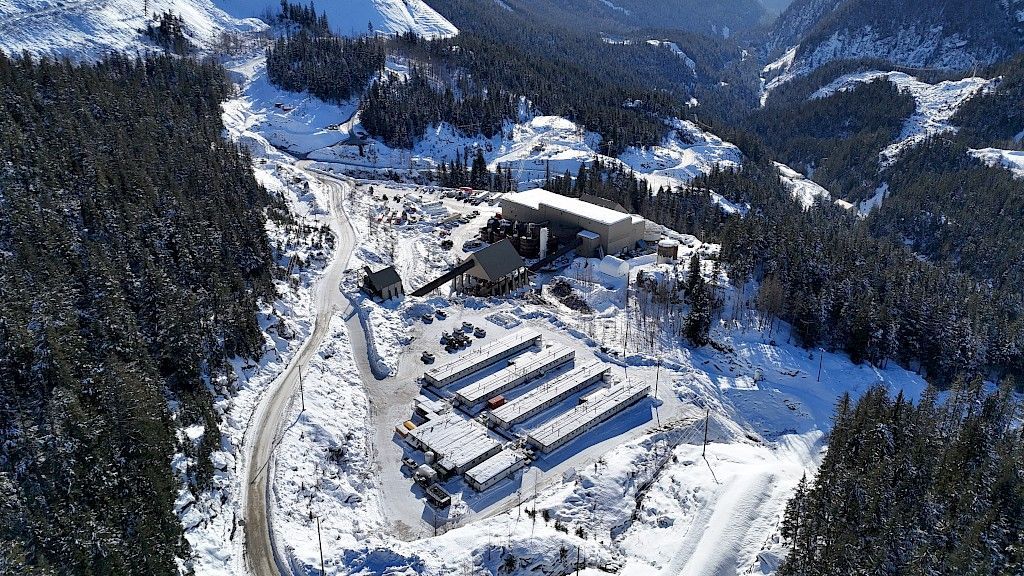
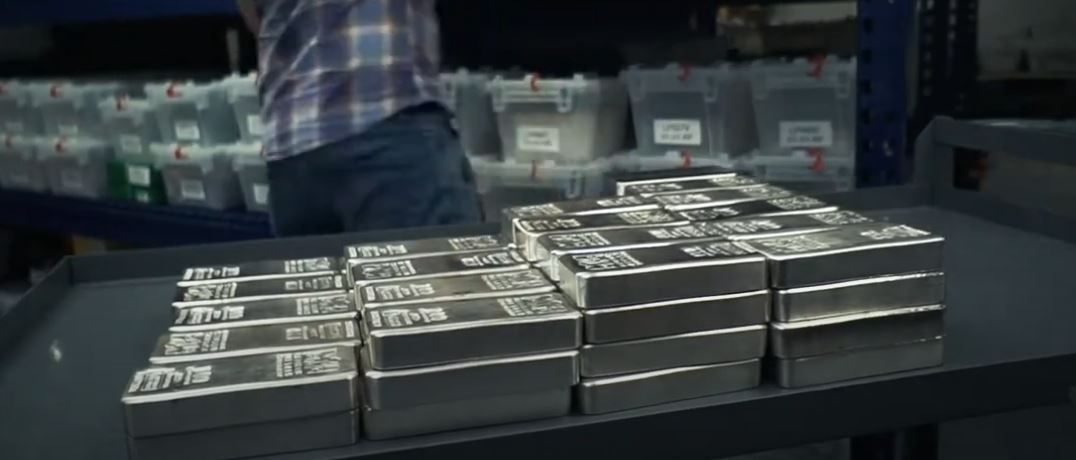

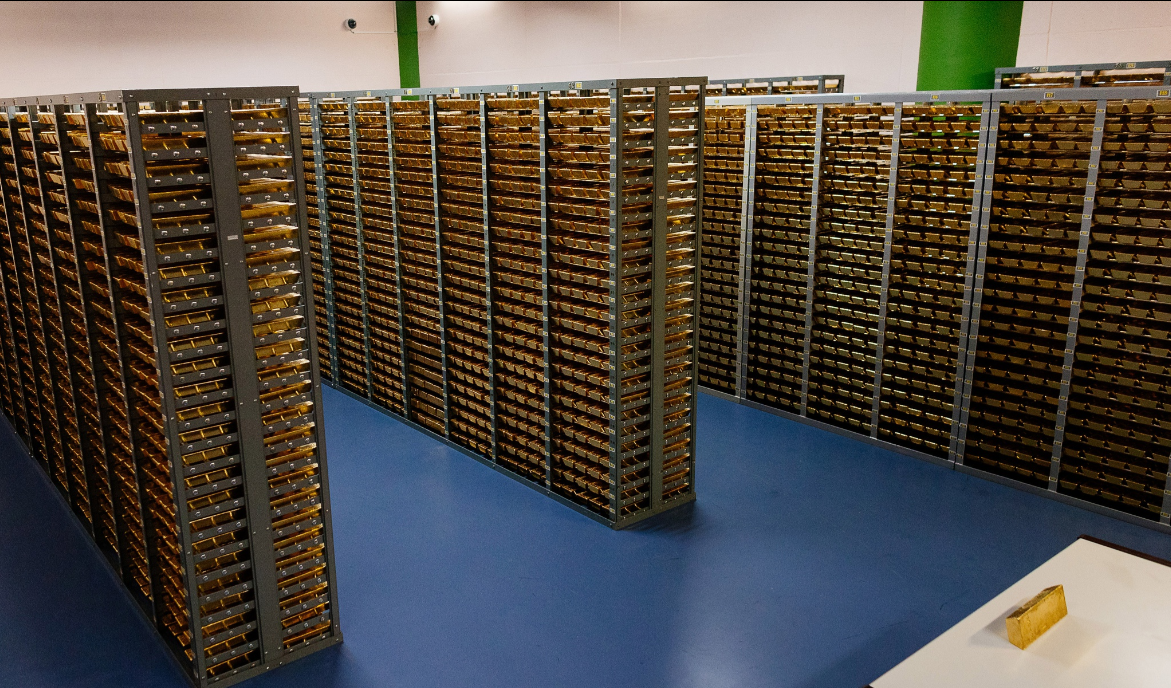


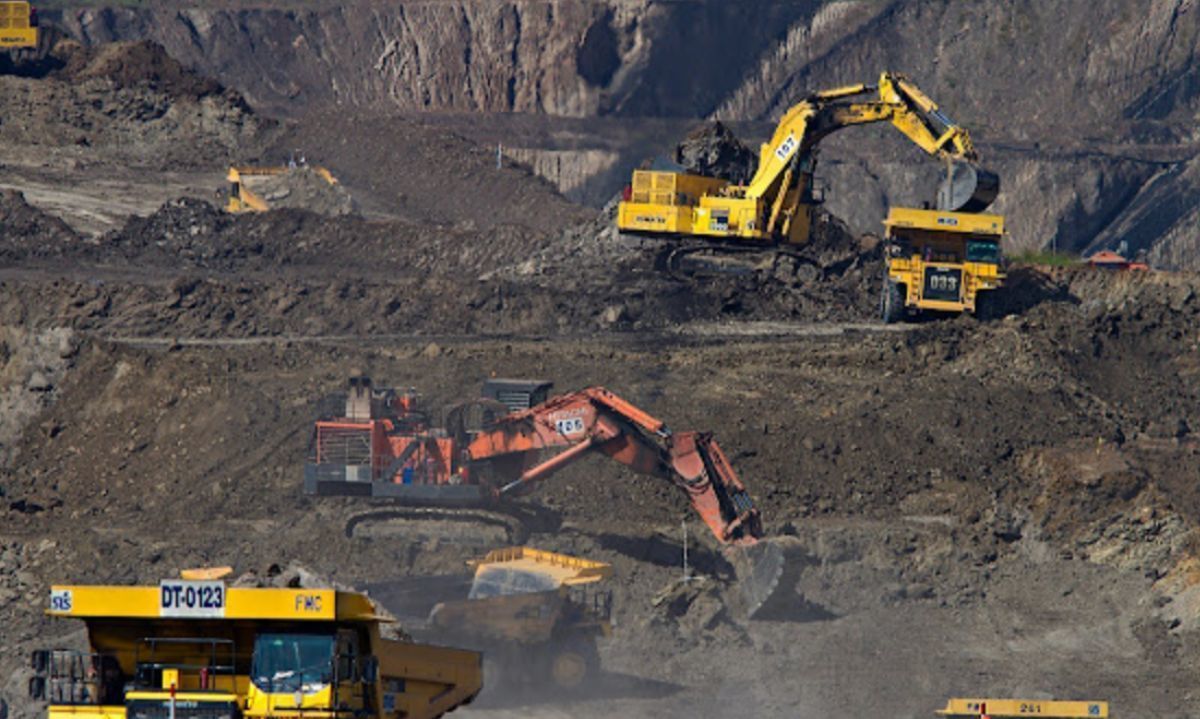
Equinox Partners Investment Management, LLC | Information as of 12.31.24 unless noted | *SEC registration does not imply a certain level of skill or training
Equinox Partners Investment Management, LLC | Site by Fix8

